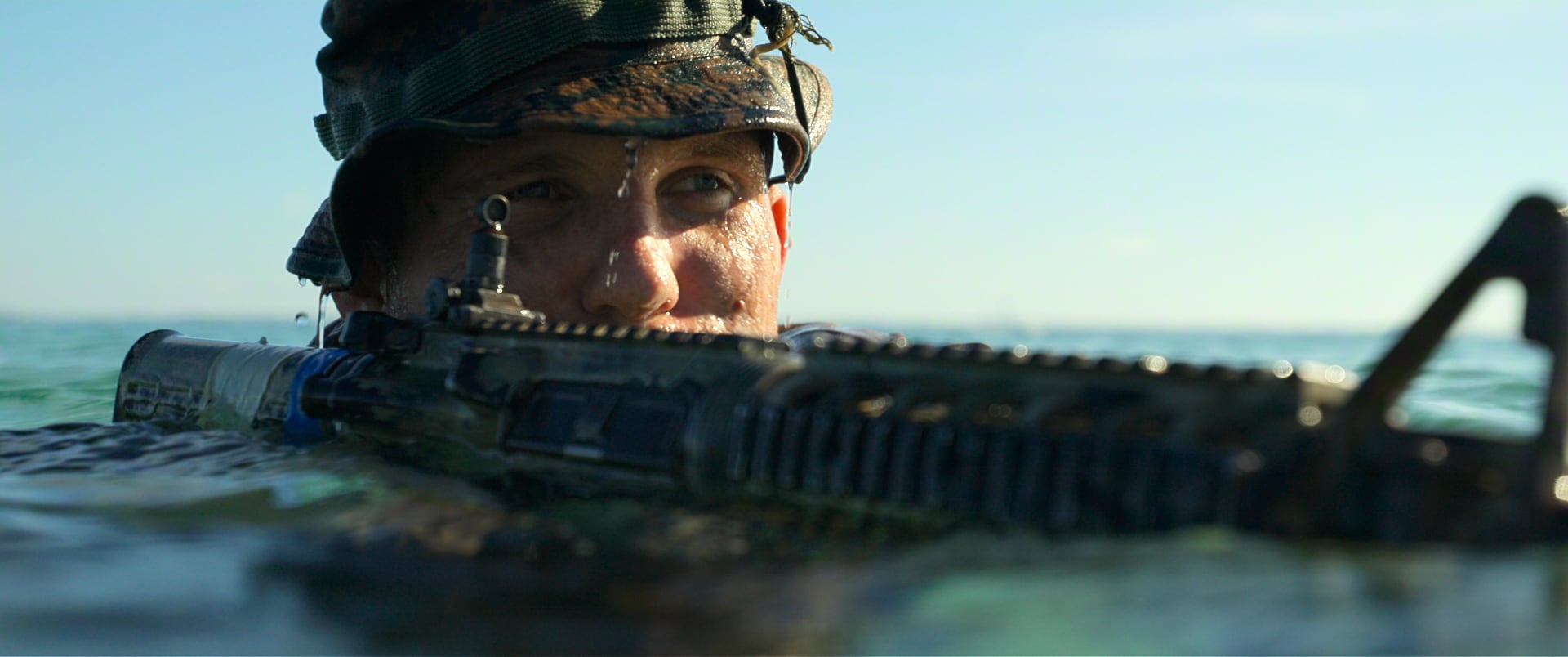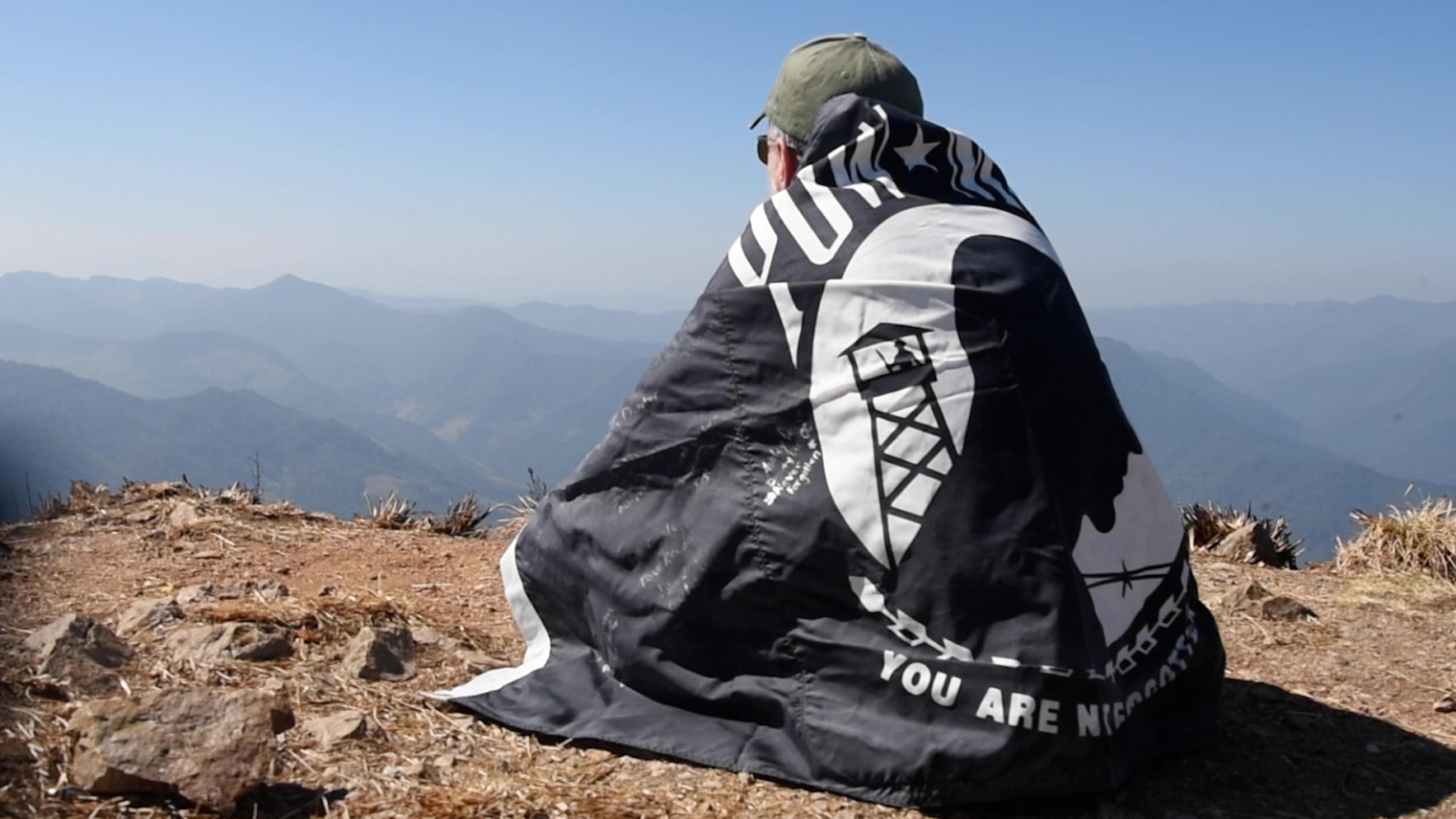It’s been more than eight weeks since residents in Hawaii military housing started smelling and seeing fuel in their water. Two months since they were driven from their homes. And they’re exhausted.
“I’m frustrated, and I’m tired of living in survival mode. It’s exhausting!” said one Navy submariner’s wife who asked to remain anonymous.
None of the more than 9,000 households affected have been given the all-clear that their water is safe. Some are struggling with the uncertainty of when they’ll be able to return, questioning whether their homes will be safe and dealing with some issues in trying to get reimbursed for hotel stays and other expenses. Meanwhile, unanswered questions loom about possible long-term health effects, especially for children.
Residents of one housing area — Pearl City Peninsula — were notified Wednesday that they’ll be waiting even longer. After the homes were flushed to remove the contaminants from the water, follow-up test results for one sample from a four-unit multi-family residence building came back showing levels of a petroleum compound that exceeded Hawaii Department of Health standards.
The water crisis has affected more than 9,000 households at Joint Base Pearl Harbor-Hickam and the Army’s Aliamanu Military Reservation and Red Hill communities, which are on the Navy water system. Navy, Army, Air Force and some Coast Guard members and their families are among those affected.
Families began smelling fuel in their water Nov. 28. After initial tests for contaminants were negative, the Navy sent water samples to the mainland for further testing and confirmed Dec. 3 that petroleum products were found. The problem has been linked to a Navy fuel spill about a week earlier at the Red Hill Bulk Fuel Storage Facility. Navy officials told lawmakers Jan. 11 the Navy takes responsibility for the problem, and the Navy will fix it. The spill was likely the result of “operator error,” officials said.
The lack of potable water has displaced families from their homes and most are living in hotels at government expense, although some have chosen to stay in their homes using bottled water and bulk water provided by the military. Laundry services, shower facilities, medical screenings and other assistance is also being provided.
“The families have been out of their houses for almost 60 days,” said Kate Needham, founder and executive director of Armed Forces Housing Advocates, a group that has been actively involved in helping the affected families in Hawaii. “In general, their tone is starting to change. Frustration is now turning from being mad at the Navy for this happening, to acceptance that it happened, and they’re scared about the future, and the lack of information.”
Families are frustrated with their privatized housing landlords and the military for a variety of reasons, Needham said. Some contend that service members shouldn’t have to pay their Basic Allowance for Housing during this time without water, even though they’re getting extra allowances for hotel expenses.
While the families’ lives have been upended, they don’t want the process to be rushed, and they want to be sure the water is safe before they return to their homes.
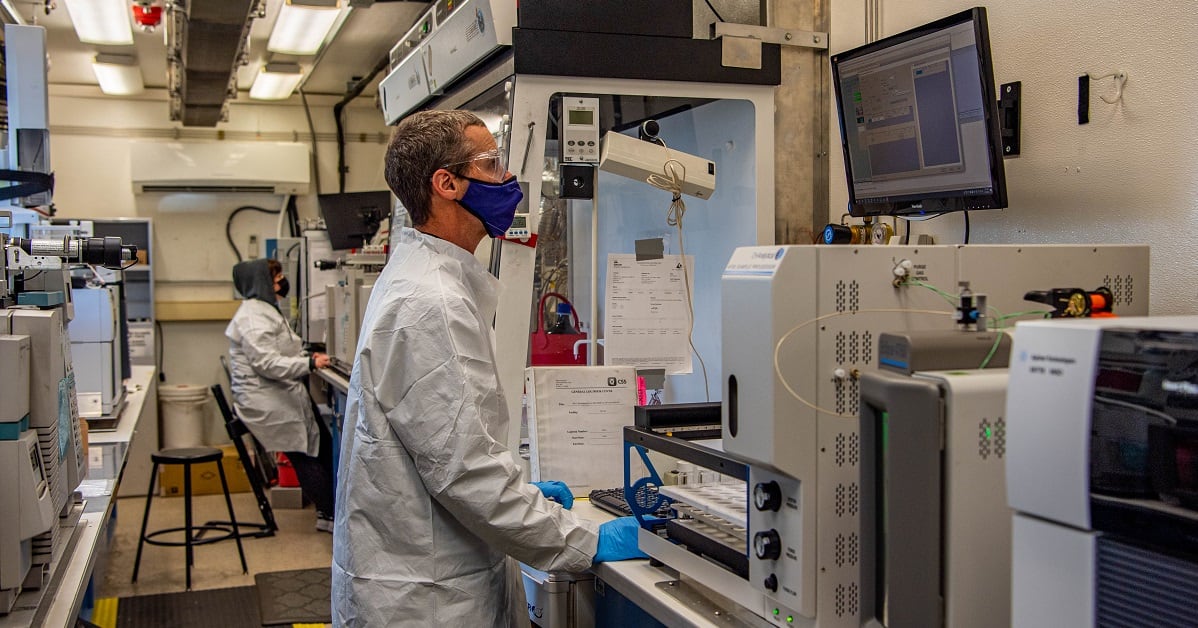
While the Navy has been flushing out the water system to remove contaminants that may remain, families continue to worry about the safety of their homes and they’re pressing for more test results.
The Navy has started posting results from tests of the water distribution system as they are validated by an interagency team, comprising representatives of the Hawaii Department of Health, Environmental Protection Agency, the Navy and Army. The services have brought in scientists, engineers and other experts from around the world to work on the process for flushing and ensuring the water is safe.
A number of families also contend that many of their appliances, such as washers and dishwashers, should be replaced because of the fuel contamination. But there’s conflicting information from the military and appliance manufacturers about whether those appliances are safe to use after coming in contact with the fuel-tainted water, said one resident who attended a Jan. 24 Army town hall.
“We’re tired. We’re so, so tired,” she said. “One thing that’s causing me and so many others in the community to be tired is the uncertainty. It’s so hard, as a resident, to sift through. … I want to take my kids back into my house, and I want to feel safe. And I want to know that what you’re saying came from research that’s related to this contamination. …”
Military officials have said in town hall meetings that based on what they know, and based on the level of fuel contamination, the appliances can be flushed and they’ll be safe. Maj. Gen. Joseph Ryan, senior commander of U.S. Army Garrison Hawaii, told the residents during the town hall that officials will get more answers from manufacturers on questions about the safety of appliances.
Island Palm Communities, which operates housing at Aliamanu Military Reservation, is working to replace plastic tubing in appliances, said Army Col. Alicia M. Masson, commander of U.S. Army Environmental Command.
RELATED
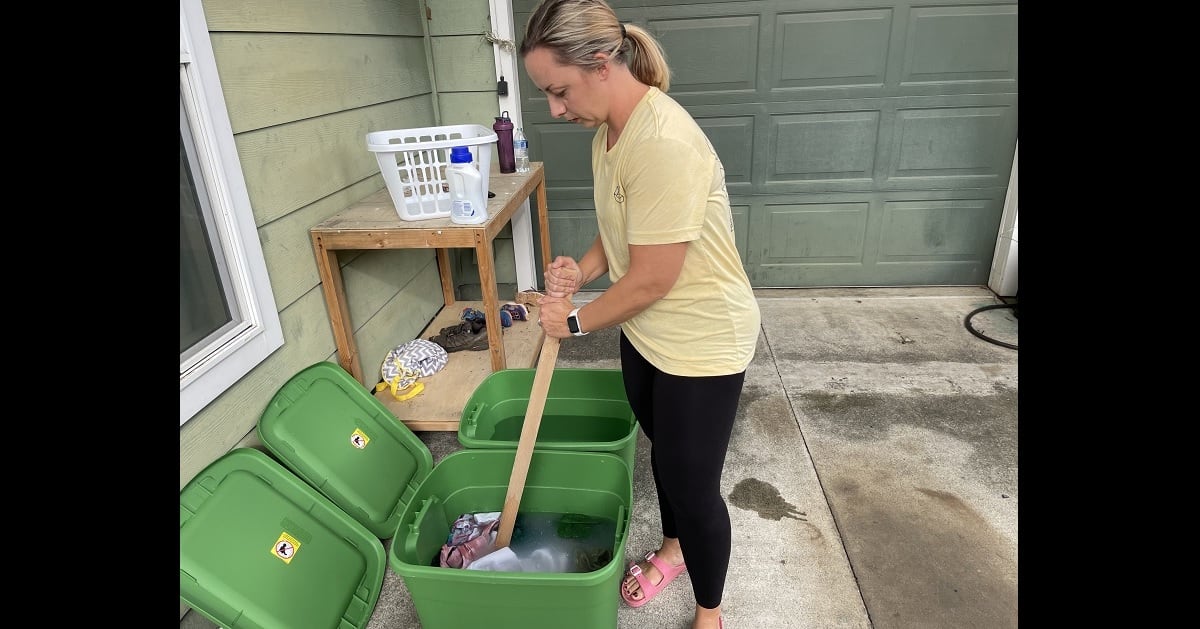
Families are also worried about whether they’ll be reimbursed for all of their out-of-pocket expenses, including the cost of replacing plastic items such as baby bottles and pacifiers and kitchen items that came in contact with the fuel-tainted water.
As of Jan. 24, the Army has approved payment for 148 claims, involving 3,200 items, worth about $92,000, said Ryan.
Other families have complained about delays in getting their temporary lodging allowance for their hotel rooms, and officials have been working to address these issues. Navy officials “are working hard to process payments to service members as quickly as possible,” said Lt. Cmdr. Marissa Huhmann, a Navy spokeswoman. “In fact, many offices have brought on additional support.”
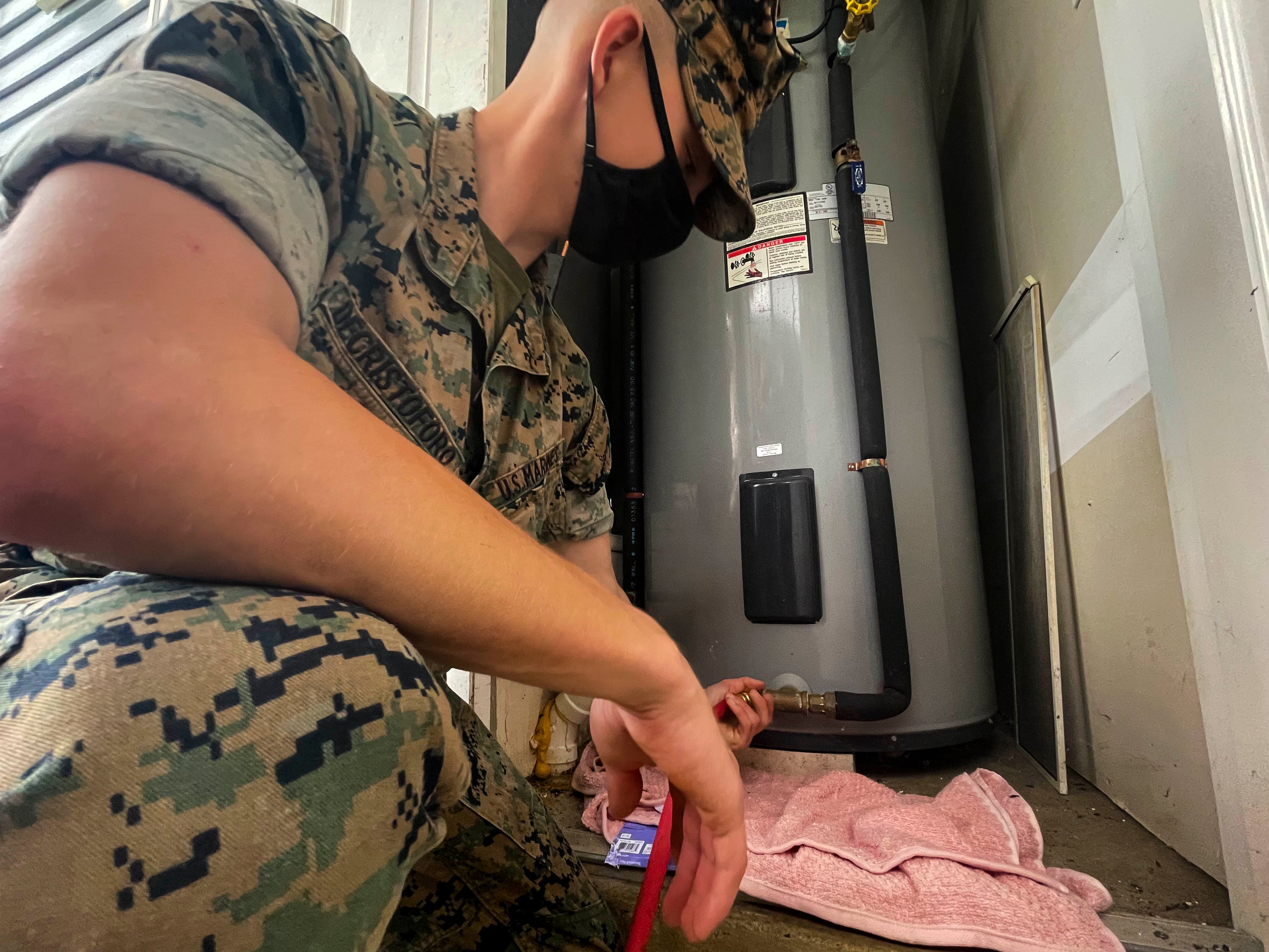
The services have held a number of town halls for residents, and the Navy provides daily water updates, sometimes bringing in experts on specific topics such as the process for the flushing, temporary lodging allowance and claims.
One Navy wife told Military Times she has had difficulties getting reimbursed thousands of dollars from the Navy because of errors. “I was told they didn’t have time to look into it, and I needed to call my husband’s command to get them to send me his government travel card, or go take out a loan, if I couldn’t wait for them to have time to get it fixed … my deployed submariner husband whose boat is somewhere under the ocean and unreachable,” she said. “Unfortunately, I don’t own a shell-phone with unlimited sea roaming.”
She is thankful, she said, that a Navy chief working in the office began to work on her issue.
“It’s the sheer exhaustion of the situation. Some are just done. Some are terrified,” worried about the possible long-term health effects, especially on their children, said AFHA’s Needham.
Many families reported mysterious symptoms before the Nov. 28 fuel smells.
Medical providers have screened more than 5,900 patients with symptoms consistent with an acute environmental exposure event, Navy Capt. Michael McGinnis, Pacific Fleet surgeon, told lawmakers Jan. 11. Those symptoms have included nausea and vomiting, headaches, diarrhea, and skin or eye irritation. Once the patients were removed from the water, he said, the symptoms “rapidly resolved.”
CDC wants residents’ input
All residents of the affected housing areas and DoD personnel assigned to Joint Base Pearl Harbor-Hickam are automatically entered into an incident report registry that has been developed for this event.
In addition, the Centers for Disease Control and Prevention and the Hawaii Department of Health are conducting a survey that will help health officials learn more about the experiences of people who have been affected by the petroleum contamination. It was initially open to Ithe affected civilian population, but has now opened to people affiliated with the Defense Department and will remain open through Feb. 7. That survey is available online through Feb. 7.
The survey includes questions about ways in which people were exposed to the contaminated water, the health symptoms they experienced, and the medical care they sought. It asks questions about the impact on children and pets, health status before the contamination, and ways to contact the participant in the future. The identity of the participants will be kept confidential.
According to the CDC, the results will help understand the health impacts of this contamination, and determine steps that are needed to protect public health — something military families are anxious to find out.
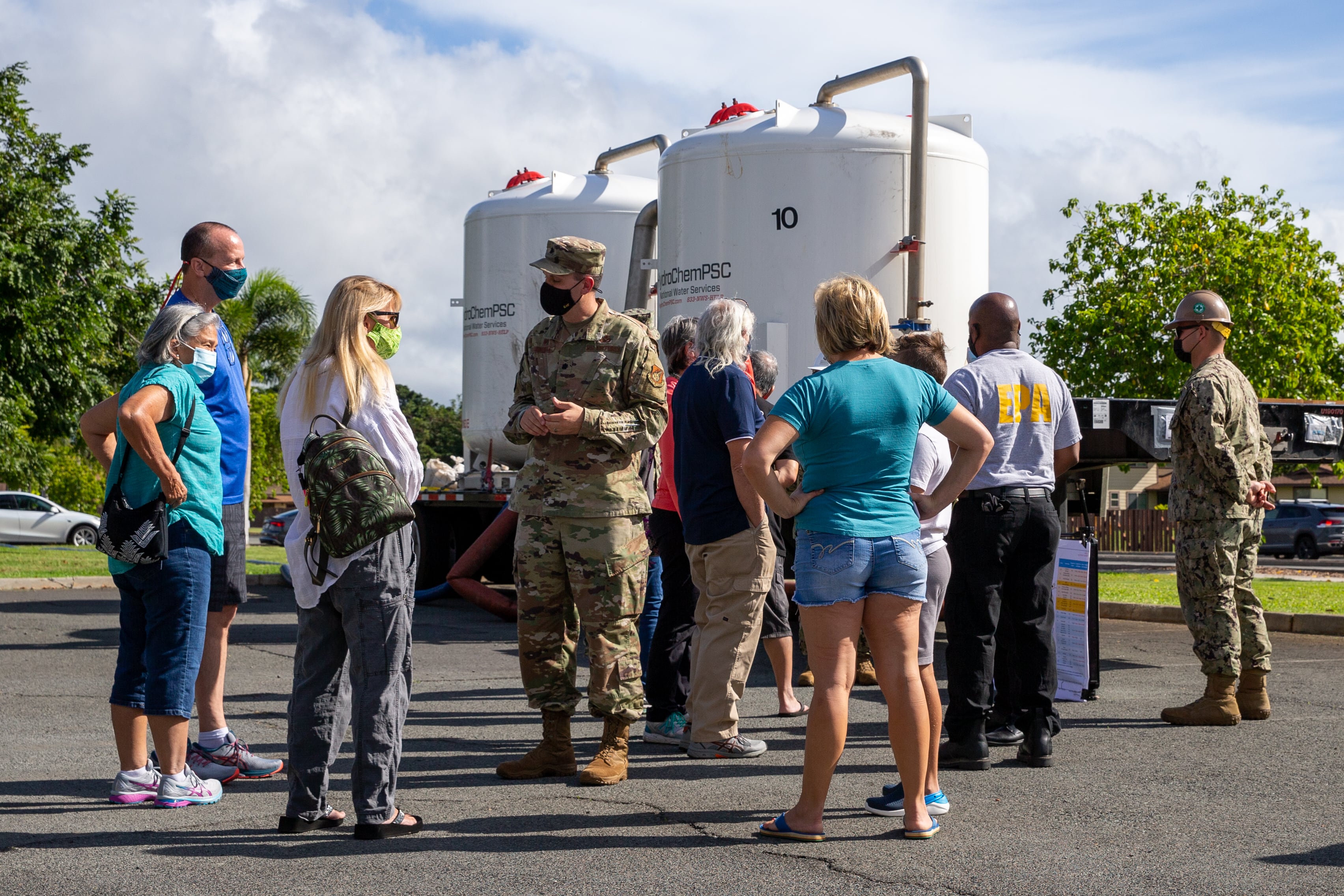
You can participate in the survey here, or contact the CDC’s Agency for Toxic Substances and Disease Registry at 404-567-3256, or via email.
The data will be analyzed and the findings will be summarized in a public report.
RELATED
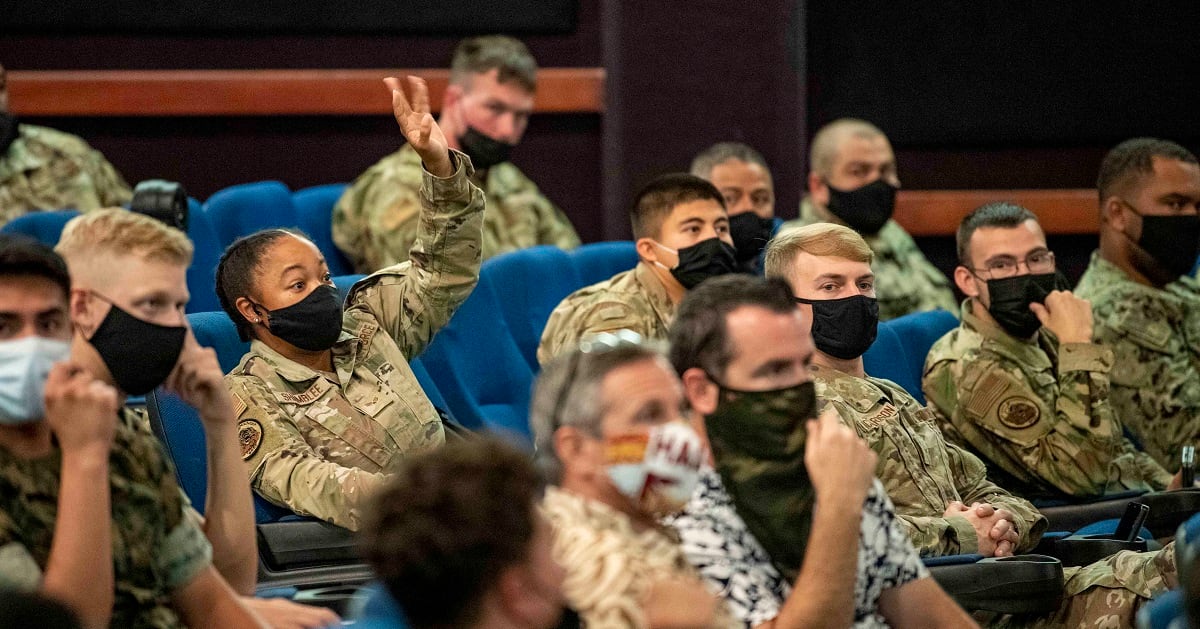
Flushing — and long-term monitoring
Ryan, the garrison commander, told residents that officials are “executing a disciplined, thorough, comprehensive plan to get the systems flushed and your homes flushed, to get the water clean and get you moved back in, but to do it responsibly. …”
“This is not going to continue forever,” he said. “We’re going to get you back in your homes and get you returned back to normal as much as possible.”
The interagency team was created to devise plans for bringing clean water back to the residents’ homes, child development centers, schools and other facilities. The flushing process began in December. The affected areas were divided into zones, and each zone’s distribution system was systematically flushed first. After samples were taken and tested, the team reviewed the results and gave the go-ahead to move to the flushing of individual homes and facilities such as schools and child development centers.
All of the housing areas are in some stage of the home flushing — either beginning, in the process or waiting for water sample test results following a flushing. Residents will only be given the all-clear to return to their homes when all the test samples are reviewed and determined satisfactory.
But some residents question why only 10% of the flushed homes are being tested for petroleum contamination afterward. Officials have responded during town hall meetings that the EPA generally recommends that 5% of homes be tested after such a flushing, but the decision was made in this case to test 10%.
To alleviate their concerns, Masson and Ryan assured families at the Jan. 24 Army town hall that if they want their individual homes tested, they will be tested.
But there also will be long-term monitoring, Masson said. “Anytime something like this happens, you camp out on the system. You watch it. It’s not a one and done,” she said. In this case, the Navy water system will be monitored for two years by the Navy and the Army — and longer, if needed.
Navy officials have also said that 100 percent of schools, child development centers and medical facilities on the Navy water system will be tested after the flushing process.
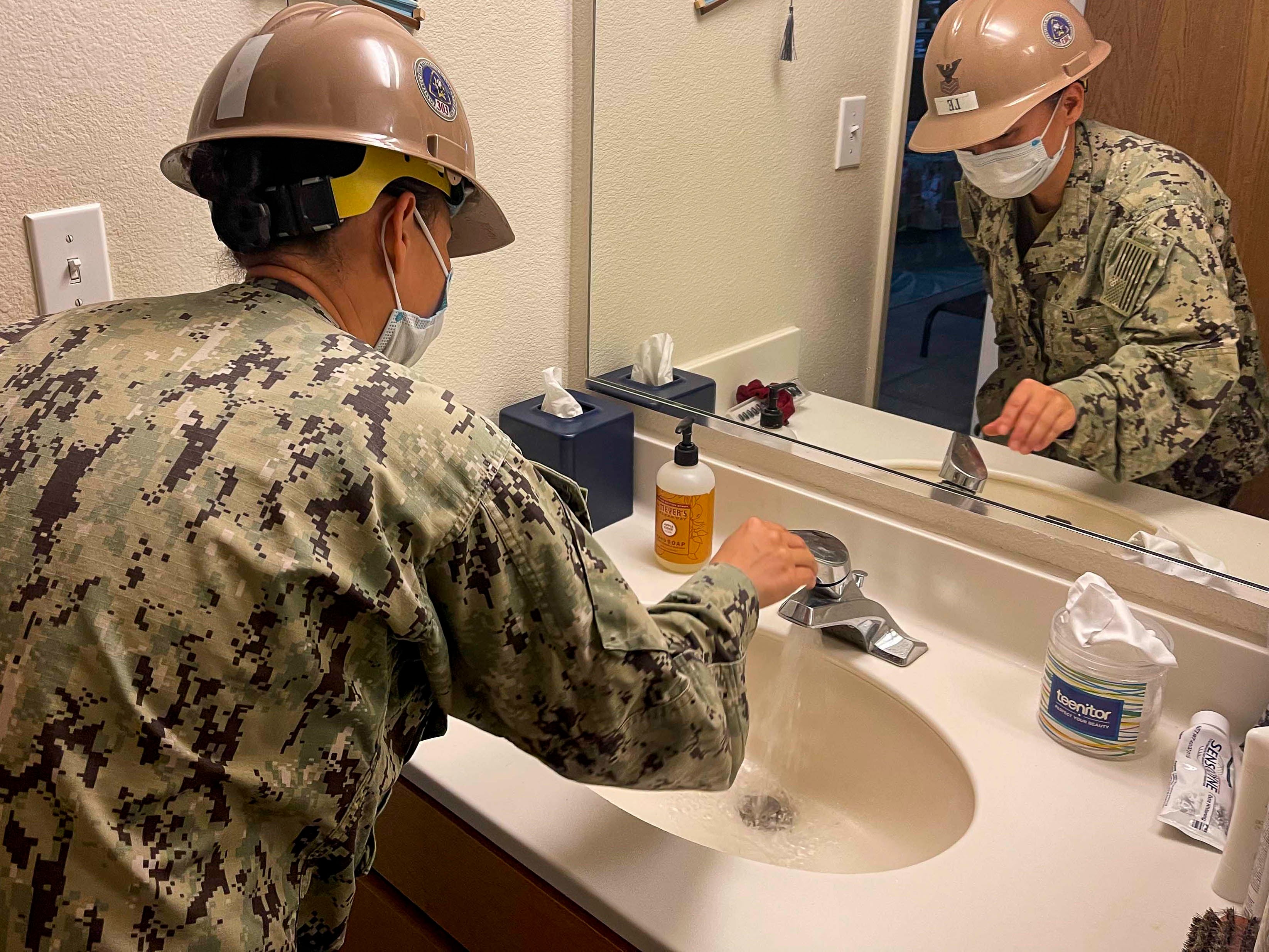
Pearl City Peninsula on Jan. 11 became the first housing area to complete the processes of flushing the water distribution system, flushing individual homes and follow-up sampling and testing of the water.
But Navy officials announced Wednesday that one of the 80 samples taken at Pearl City showed 650 parts per billion of the petroleum compound — well above the 200 parts per billion limit set by the Hawaii Health Department. That contaminated sample came from a four-unit multifamily dwelling. The units in that building were scheduled for a “re-flushing” Wednesday, to be followed by more tests to ensure the water is clean. Officials said Thursday they’re also sampling and testing the adjacent home.
As of now, it is unclear when Pearl City residents will be able to return to their homes.
Army officials told residents Jan. 24 that those living in the Red Hill housing community may be able to return as early as Feb. 5 or 6, depending on the pending test results. Those living in housing at Aliamanu Military Reservation may be able to move back home by the end of February.
Aliamanu, one of the first housing areas to start the process, had to repeat the water distribution flushing after a test result revealed the presence of petroleum hydrocarbons at 620 parts per billion, also well above the 200 parts per billion safety standard.
The distribution system was flushed again, and officials then gave the green light for the individual flushing of homes, which was being conducted this week.
“This is not where we want to be,” Ryan said. “We know you’re frustrated. We’re frustrated. But we’re driving forward here toward the end, and there’s an end in sight.”
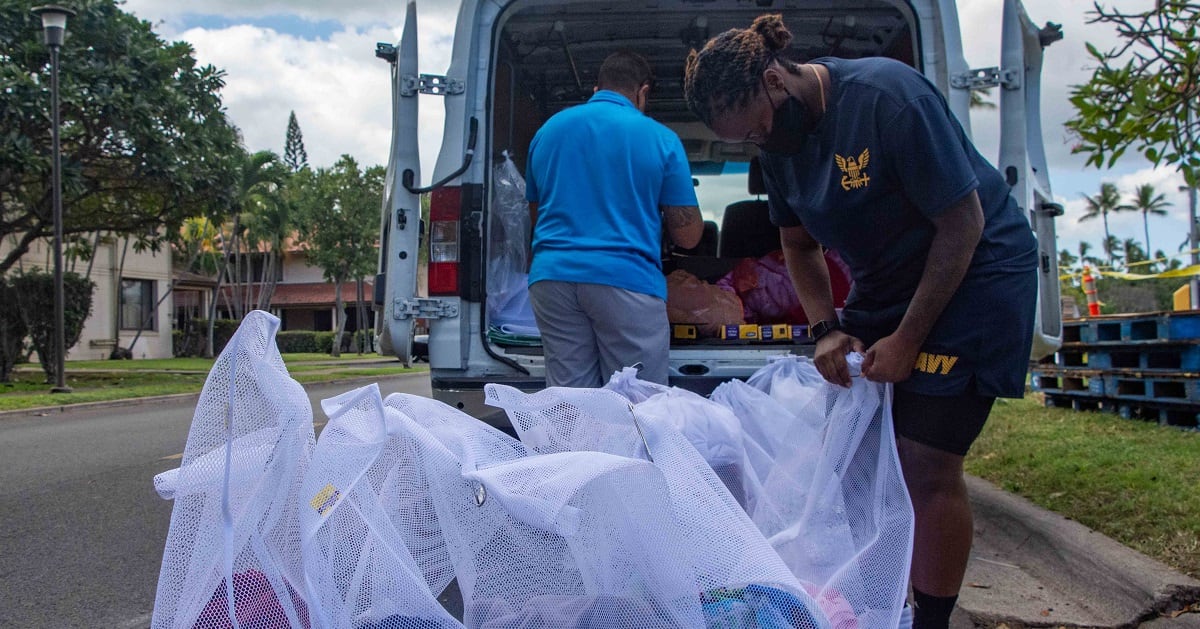
Karen has covered military families, quality of life and consumer issues for Military Times for more than 30 years, and is co-author of a chapter on media coverage of military families in the book "A Battle Plan for Supporting Military Families." She previously worked for newspapers in Guam, Norfolk, Jacksonville, Fla., and Athens, Ga.

